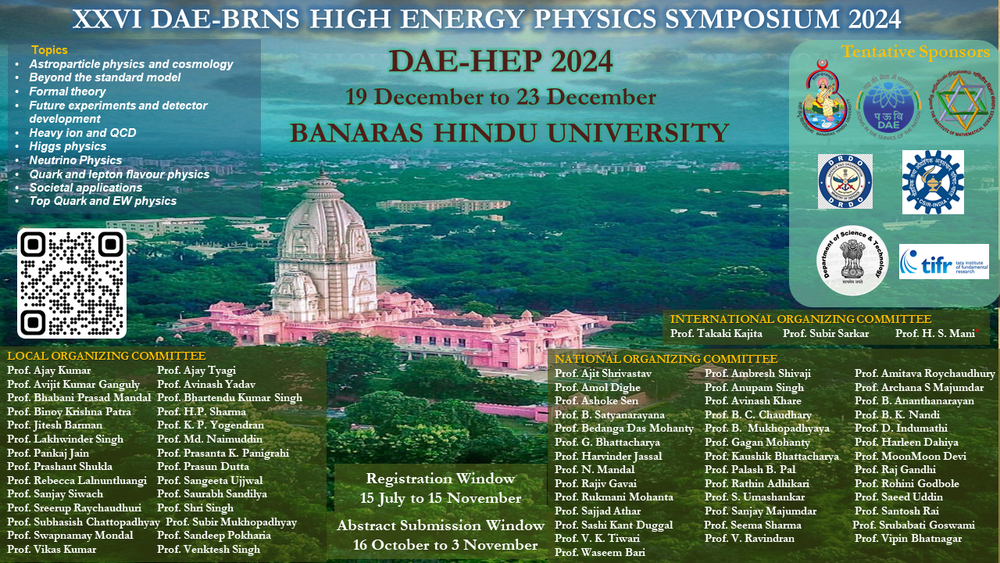Speaker
Description
The readout system for the Cosmic Muon Veto Detector (CMVD) includes Counter Mother Boards (CMBs) that interface with Silicon Photomultipliers (SiPMs) located at both ends of each di-counter unit and readout electronics. The di-counter is composed of two adjacent extruded plastic scintillator (EPS) strips. The CMBs are a critical component of the readout system, playing a key role in both data acquisition and SiPM calibration.
Each CMB is also responsible for supplying precise bias voltage to four SiPMs. The CMB also has an onboard TPH sensor, to monitor conditions such as temperature and humidity, which are crucial for maintaining stable operation of the SiPM's. The board also includes LEDs and an LED driver circuit specifically for calibrating the SiPMs, allowing for periodic checks and adjustments to ensure consistent performance over time.
A dedicated test setup was designed to evaluate the performance of each CMB before the installation. This testing process involves a series of diagnostics to verify the functionality of all critical components, including the bias voltage circuits, signal integrity, and LED calibration system by measuring the signals of a few characterised SiPM through each of these CMB boards.
This paper details the thorough characterization process for the CMBs, presenting an overview of the testing methodology, the results of the evaluations, and the steps taken to resolve recurring issues. By identifying and addressing potential faults in circuitry, the overall reliability of the CMVD can be significantly enhanced, ensuring it meets the required veto efficiency of $99.99\%$.
| Field of contribution | Experiment |
|---|

